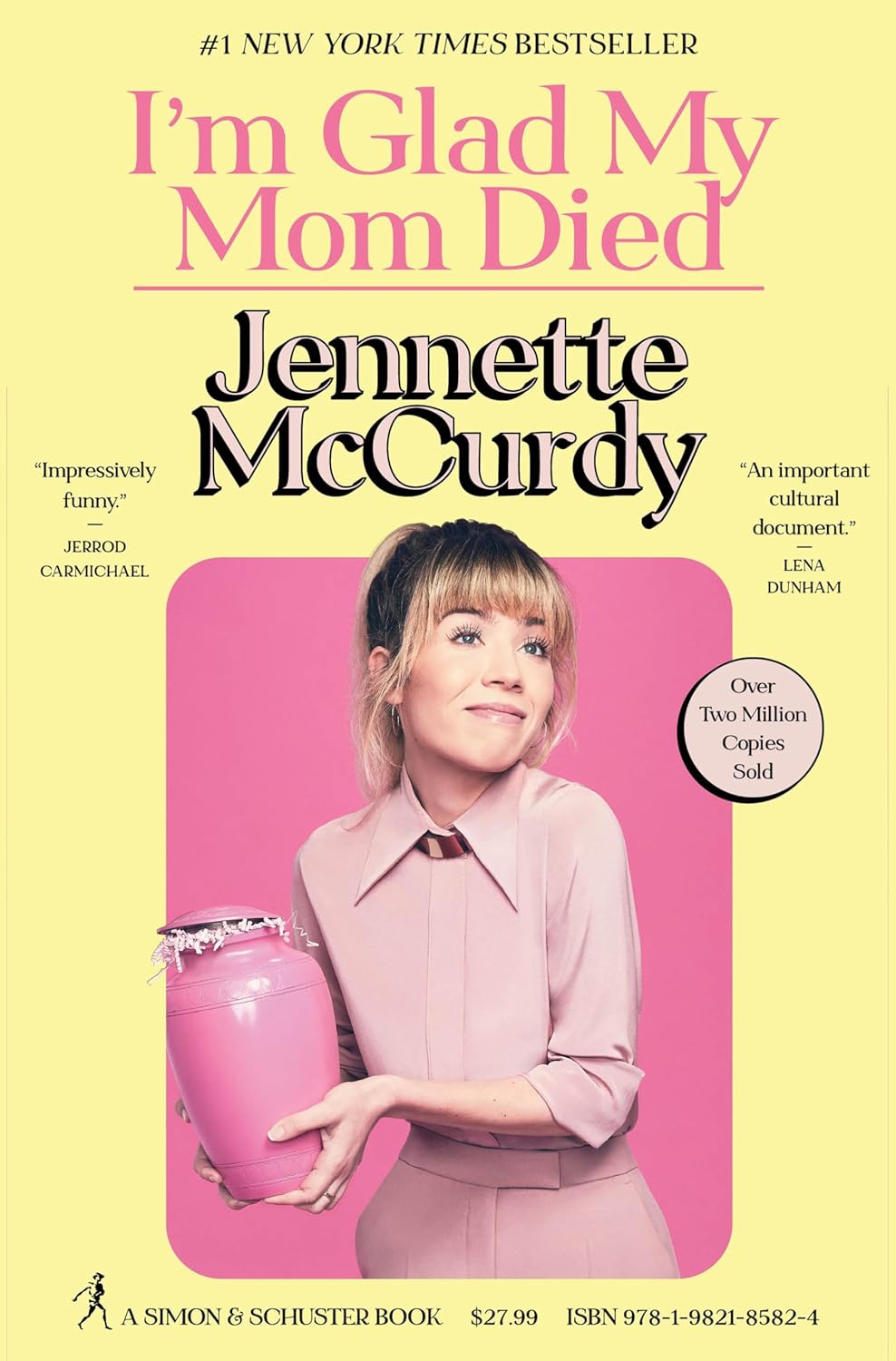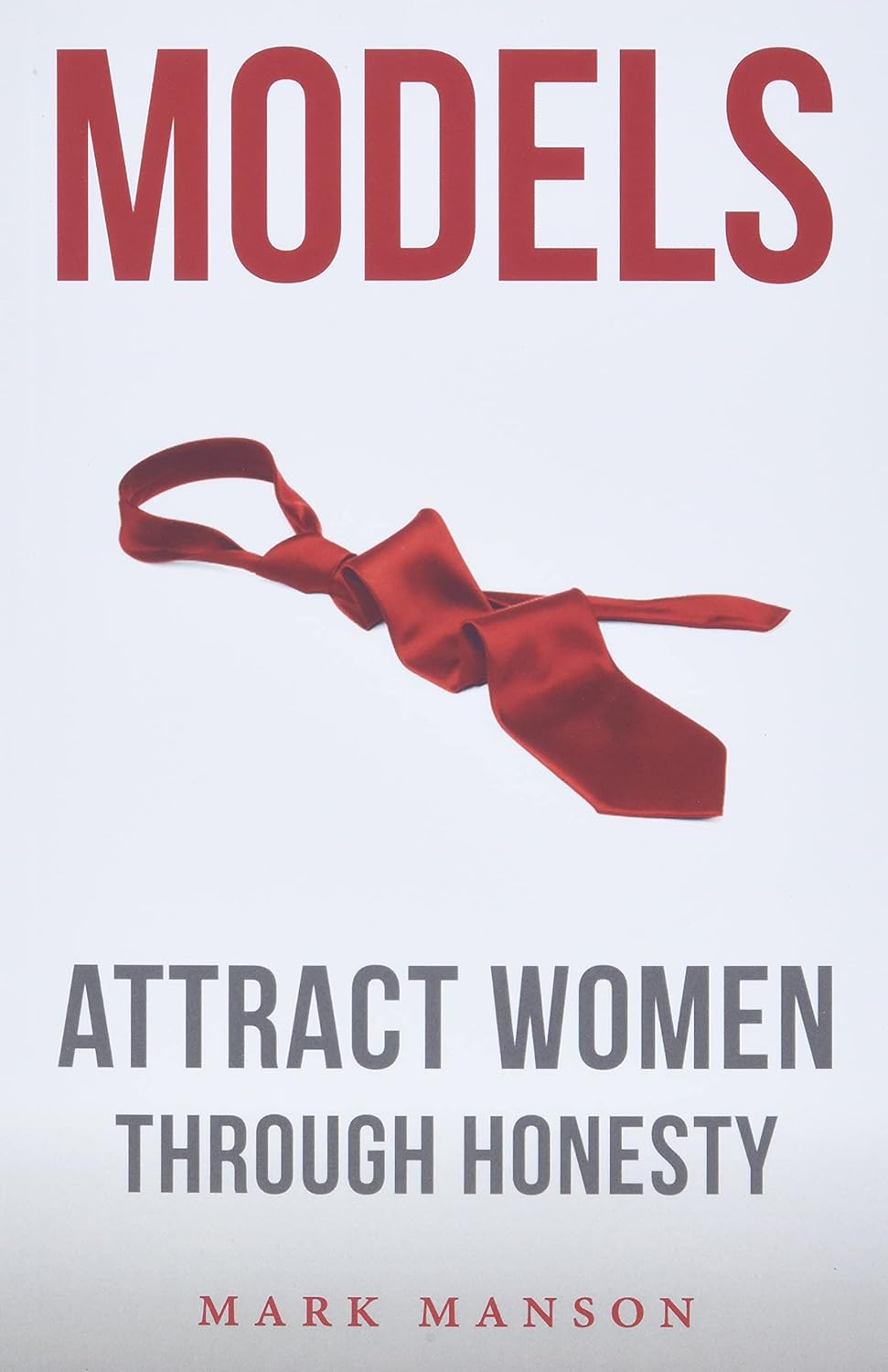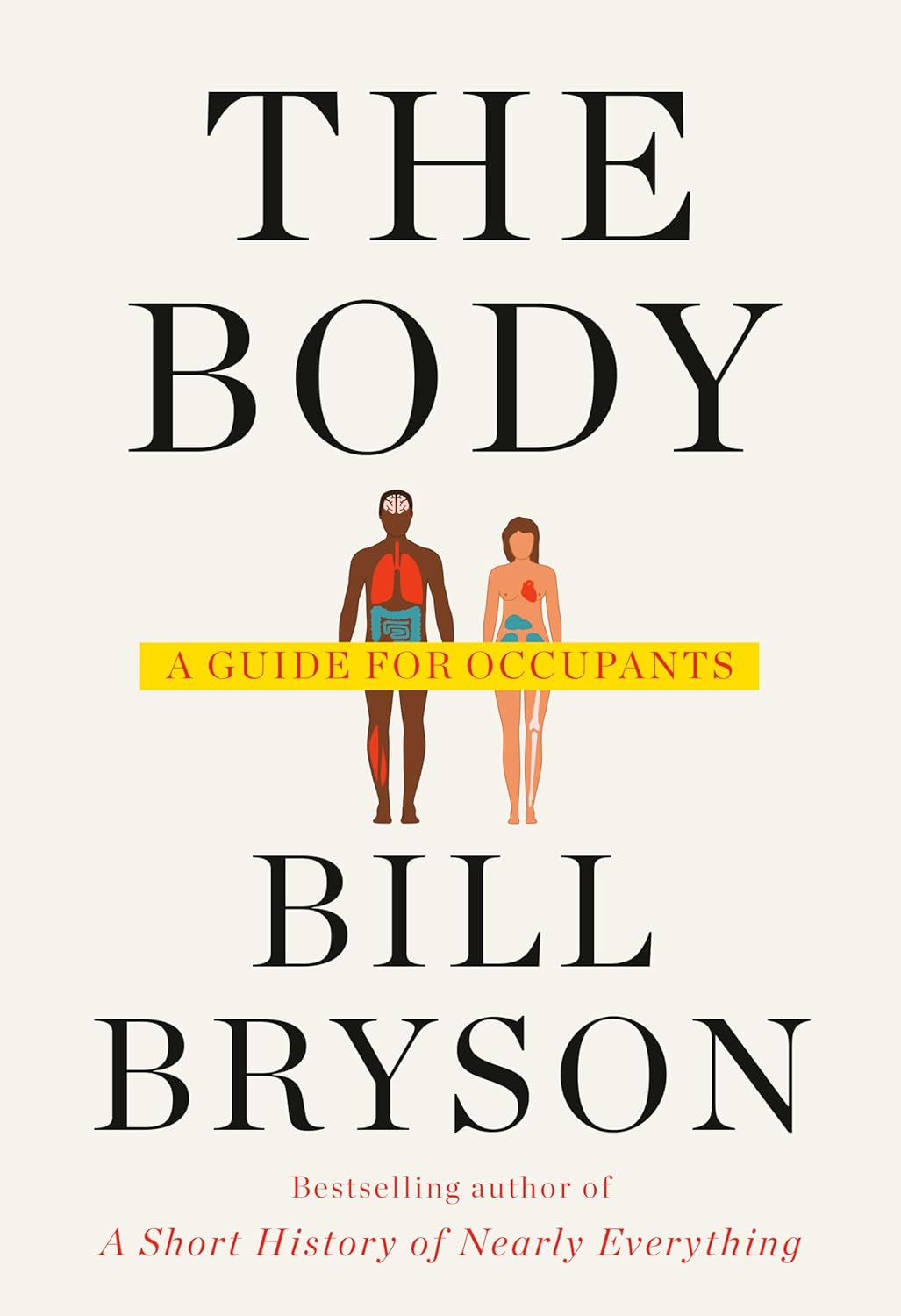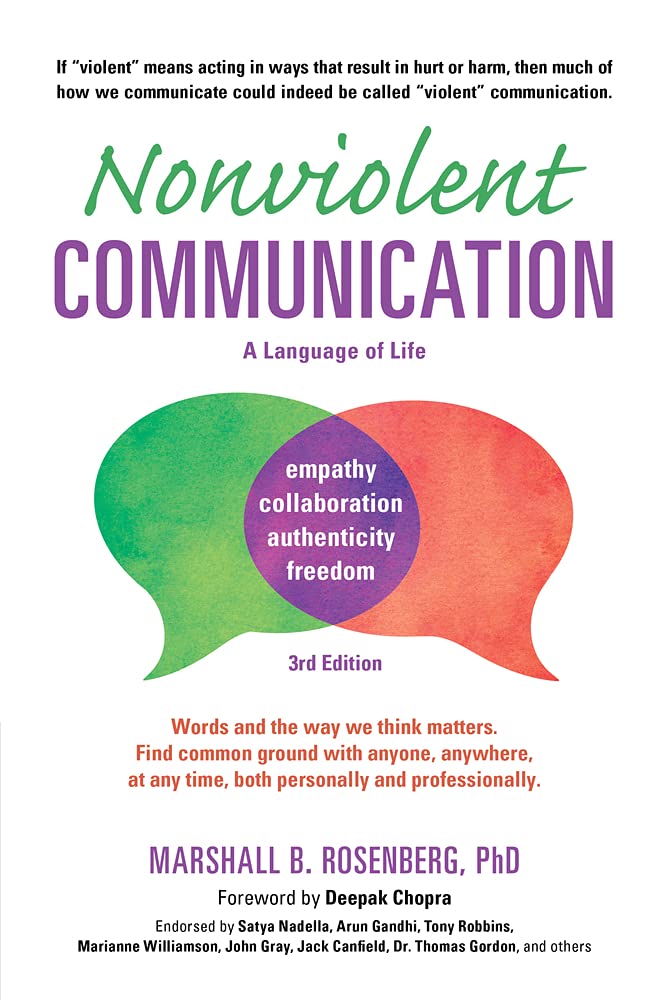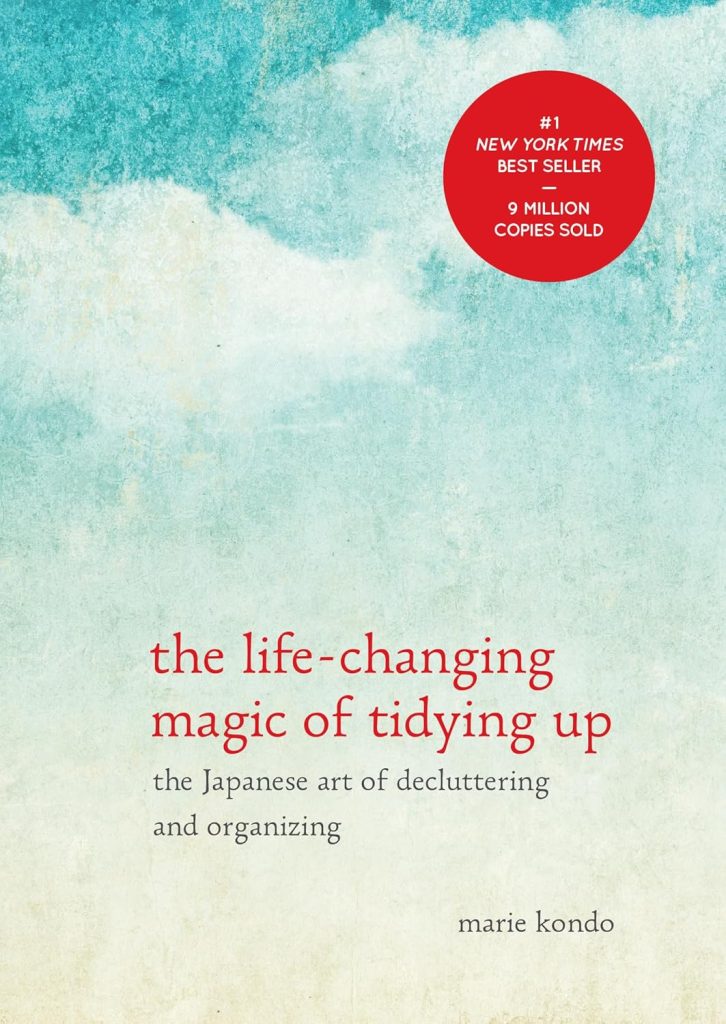
Buy The Book
The Life-Changing Magic of Tidying Up: The Japanese Art of Decluttering and Organizing

About
*The Life-Changing Magic of Tidying Up* by Marie Kondo is a globally acclaimed guide to decluttering and organizing, offering a transformative approach to creating a tidy and joyful home. Marie Kondo, a Japanese organizing consultant and founder of the KonMari Method™, has dedicated her career to helping others cultivate spaces that spark happiness. Her method centers around the principle of keeping only items that “spark joy” while discarding everything else with gratitude and respect.
The book emphasizes tidying as a one-time, life-changing event rather than a chore. It introduces a step-by-step process of decluttering by category—starting with clothing and ending with sentimental items—and provides insights into proper storage techniques to maintain a clutter-free home. Kondo’s philosophy extends beyond physical tidying, uncovering how this process can lead to emotional clarity, improved decision-making, and a more intentional lifestyle. This timeless guide redefines tidying as a pathway to personal transformation.

Spark
Learn
Review
✦ 1. Why can’t I keep my house in order?
The inability to keep a house in order often comes from misunderstanding the purpose and process of tidying. Tidying is not meant to be a daily or recurring chore; instead, it should be approached as a transformative, once-and-for-all activity. When tidying is done half-heartedly or in small increments, clutter inevitably returns because the root of the problem is not addressed. For many, the cycle of tidying and re-cluttering becomes exhausting, leading to frustration and a sense of defeat.
One of the biggest obstacles is the emotional attachment to belongings. People tend to hold onto items for reasons such as sentimentality, guilt, or a fear of needing them in the future. These emotions create an overwhelming attachment to unnecessary items, making it difficult to let go. Clutter begins to accumulate, and the home becomes a reflection of these unresolved feelings. Without addressing the emotional reasons behind clutter, it becomes nearly impossible to achieve lasting tidiness.
Another common mistake is tidying by location rather than by category. Organizing one room at a time causes items to be shuffled from one area to another, rather than being truly sorted and properly addressed. This scattered approach fails to create noticeable change and instead perpetuates the feeling of being overwhelmed. Tidying without a clear, intentional method leads to disorganization and prevents the home from becoming a place of peace and clarity.
The clutter in a home is often a mirror of the mind. A disorganized space can reflect unresolved emotions, indecision, and a lack of clarity about what is truly important. Tidying is not just about cleaning a physical space—it’s about confronting the habits and thought patterns that allow clutter to accumulate. By doing so, it becomes possible to break free from the cycle of disorganization and create a home that reflects joy and purpose.
The mindset surrounding tidying must shift. Viewing tidying as a chore only adds to the negativity and reluctance to start. Instead, tidying should be seen as an opportunity for transformation. It’s about creating a space that aligns with personal values and supports a life of intention and joy. This change in perspective is the first step toward achieving a home that stays in order.
To break the cycle of clutter, it’s essential to commit fully to the process of tidying. This commitment involves a clear decision to declutter completely and organize the space in a way that prevents mess from returning. Half-hearted attempts or temporary fixes won’t lead to lasting results. By treating tidying as a once-and-for-all event, the home can be transformed into a place of serenity and balance.
Ultimately, the reason a house doesn’t stay in order is not because of a lack of effort but because of a lack of direction and purpose in the tidying process. By addressing the emotional and mental aspects of clutter and committing to a thorough, intentional approach, it becomes possible to create a home that stays tidy for good. The journey begins with a decision to break free from old habits and embrace tidying as a life-changing act.
✦ 2. Finish discarding first
The key to successful tidying is to start by discarding. Without addressing the excess, true organization cannot be achieved. Many attempt to tidy by simply rearranging or storing items, but this only masks the clutter rather than solving the problem. Discarding is the foundation of tidying, and it must be completed fully before moving on to organizing.
Discarding is not about throwing things away mindlessly. It’s about carefully assessing each item and deciding whether it adds value to life. The fundamental question to ask is whether an item sparks joy. If it does, it stays; if it doesn’t, it goes. This approach creates clarity and ensures that only meaningful and useful items remain.
One mistake is holding onto items out of guilt or obligation. Gifts, sentimental objects, and items that were expensive are often kept despite their lack of use or joy. Letting go of these items can be difficult, but it’s essential to remember that their purpose has already been fulfilled. Thanking them for their service before discarding allows for a sense of closure and gratitude, making it easier to release them.
Another common challenge is the fear of needing something in the future. This fear often leads to holding onto items “just in case.” However, this mindset creates unnecessary weight and clutter. Trusting in the ability to handle future needs without holding onto excess is a liberating shift that allows for a more intentional and joyful living space.
Discarding must be completed in one go, rather than stretching it out over time. A slow or incomplete process only prolongs the clutter and makes it harder to see results. Tackling the task with focus and determination creates momentum and ensures that the home is truly cleared of unnecessary items.
Once the decision to discard has been made, it’s important to act immediately. Procrastinating or second-guessing decisions only adds to the burden of clutter. By following through and letting go, it becomes possible to create a space that is free of unnecessary weight and filled only with items that bring joy and purpose.
Discarding is not just about physical belongings—it’s also about letting go of the past and making room for the future. By releasing items that no longer serve a purpose, it becomes possible to create a home that reflects the present self and supports growth and happiness.
This process is transformative, not just for the home but also for the mind and heart. It clears away the physical and emotional clutter that weighs down daily life, creating space for clarity, peace, and joy. By committing fully to the act of discarding, the foundation is laid for a home that stays in order and a life that feels lighter and freer.
✦ 3. Tidying by category works like magic
Tidying by category, rather than by location, is the most effective way to organize belongings and achieve lasting results. When items are organized by location, the same things often end up scattered across multiple areas, making it difficult to assess the full extent of what is owned. This scattered approach creates confusion and prevents the clarity needed to make decisions about what to keep and what to discard. By gathering every single item in a specific category and addressing it all at once, tidying becomes focused, thorough, and transformative.
The first step in tidying by category is to bring all items from a single category into one place. This means pulling clothing from closets, drawers, and storage bins; retrieving books from shelves, tables, and other hidden spots; and gathering papers from every corner of the home. By seeing everything in one pile, the scale of the clutter becomes clearer, and it’s easier to make decisions about what to keep. This method ensures that nothing is overlooked and prevents duplicate items from being stored unknowingly.
The categories must be addressed in a specific order to build momentum and decision-making skills. Starting with clothing is ideal because it’s usually less emotionally charged than other items. From there, the process moves to books, papers, miscellaneous items (known as komono), and finally sentimental belongings. This order is intentional. By beginning with relatively simple categories, confidence grows, and it becomes easier to tackle more difficult and emotional decisions later on.
When handling each category, the focus must remain on what sparks joy. The decision to keep or discard an item should not be based on guilt, obligation, or practicality alone. Holding each item in hand and asking whether it brings happiness creates a deeper connection to belongings and ensures that only meaningful items remain. This approach fosters mindfulness and clarity about what truly matters.
Tidying by category also highlights patterns of overconsumption and unconscious habits. For example, gathering all clothing in one place often reveals the sheer number of unworn or forgotten items. This realization encourages a shift in mindset, promoting more intentional choices about future purchases. Tidying is not just about organizing the present but also about creating habits that prevent clutter from returning.
One of the magical aspects of tidying by category is the sense of accomplishment and transformation it brings. As each category is completed, the home begins to feel lighter and more aligned with personal values. The process creates a ripple effect, inspiring changes in other areas of life, such as time management, relationships, and self-awareness. By focusing on what brings joy, the home becomes a space of authenticity and peace.
Tidying by category is not just a method; it’s a mindset. It encourages a holistic approach to organizing belongings, addressing not only physical clutter but also the emotional and mental patterns that allow it to accumulate. By committing to this process, it becomes possible to create a home that truly reflects the person living in it. The joy that comes from living in an intentional and organized space is the ultimate reward, and it begins with the simple yet powerful act of tidying by category.
✦ 4. Storing your things to make your life shine
Proper storage is essential for maintaining an organized and joyful home. Once unnecessary items have been discarded and only meaningful belongings remain, the focus shifts to storing these items in a way that enhances daily life. The goal of storage is not just to put things away but to create a system that makes life easier, more efficient, and more enjoyable.
The first principle of effective storage is to assign a specific home for every item. When each belonging has a designated place, it becomes easier to maintain order and avoid clutter. This eliminates the stress of constantly searching for things or wondering where they should go. A home that is thoughtfully arranged allows belongings to coexist harmoniously with the rhythm of daily life.
Vertical storage is a game-changer in organizing items. Storing items upright, rather than stacking them, increases visibility and makes accessing them simpler. For example, folding clothing so it stands upright in drawers allows every item to be seen at a glance, preventing forgotten pieces from being hidden at the bottom of piles. This principle applies to other categories as well, such as books, papers, or even kitchen items.
Storing items based on frequency of use is another key factor. Belongings that are used daily should be stored in easily accessible places, while seldom-used items can be placed in less prominent spots. This creates a system that supports convenience and reduces unnecessary effort. By prioritizing efficiency, the home becomes a space that supports and enhances routines.
Respect for belongings plays a significant role in storage. Treating items with care and gratitude fosters a positive relationship with the things that serve daily life. For example, folding clothing neatly, instead of cramming it into drawers, shows appreciation for its purpose. When items are handled with respect, the home feels more welcoming and harmonious.
Storage should also reflect what sparks joy. Items that bring happiness deserve to be displayed or stored in a way that highlights their value. For sentimental or decorative objects, finding a place where they can be admired ensures that their presence adds to the overall energy of the home. Hiding items away in storage bins or closets only diminishes their value and may lead to a sense of disconnection.
Clarity and simplicity are the hallmarks of effective storage. Overcomplicating systems or using excessive storage solutions only creates more opportunities for clutter to return. Simple, functional storage methods that align with personal habits are easier to maintain and more sustainable in the long term. The goal is to create an environment that feels effortless and intuitive.
When storage is approached with intention and care, the home begins to shine. Belongings are no longer a source of stress but a source of joy and ease. By creating a system that supports everyday life, the home becomes a reflection of personal values and priorities. Proper storage is not just about tidiness—it’s about creating a space where life can flourish.
✦ 5. The magic of tidying dramatically transforms your life
The act of tidying has the power to transform life in ways that go far beyond the physical space. A tidy home creates a sense of clarity, peace, and joy that extends into every aspect of life. By letting go of unnecessary belongings and organizing what remains, a deeper connection to personal values, goals, and priorities emerges.
One of the most profound changes that comes from tidying is the shift in mindset. A decluttered home clears mental and emotional clutter as well. The process of deciding what to keep and what to discard fosters self-awareness and encourages mindfulness. It becomes easier to focus on what truly matters, whether it’s relationships, career aspirations, or personal growth. Tidying creates space for these priorities to flourish.
Tidying also builds confidence and a sense of accomplishment. Completing the process of decluttering and organizing the home proves that transformation is possible with effort and commitment. This newfound confidence often spills over into other areas of life, inspiring changes in habits, routines, and even attitudes. The momentum created by tidying becomes a powerful force for positive change.
The home itself becomes a sanctuary of peace and inspiration. A space free of clutter fosters a calm and welcoming atmosphere, reducing stress and increasing productivity. Tasks that once felt overwhelming become easier to manage, and the energy of the home supports creativity and growth. Living in a tidy space allows for greater appreciation of the present moment and the things that bring joy.
Beyond the physical and emotional benefits, tidying also impacts relationships. A home that is organized and intentional creates harmony among those who share it. The process of tidying can even inspire others to reflect on their own habits and spaces, creating a ripple effect of positivity and transformation.
Tidying is not just about organizing belongings—it’s about creating a life that feels lighter, freer, and more aligned with personal values. By letting go of the past and embracing the present, it becomes possible to move forward with clarity and intention. The magic of tidying lies in its ability to unlock potential and open the door to a more fulfilling and joyful life.
The transformative power of tidying is undeniable. It’s not merely an act of cleaning but a journey of self-discovery and empowerment. By committing fully to the process and embracing the principles of joy and intention, life is forever changed. The magic of tidying is the magic of living a life that truly reflects who you are and what you value most.✦ The Origin Of This Book
For People
– People struggling with clutter and disorganization
– Individuals seeking a more intentional lifestyle
– Minimalists or aspiring minimalists
– Those overwhelmed by emotional attachment to belongings
– Readers interested in mindfulness and self-improvement
Learn to
– How to identify what truly sparks joy
– A step-by-step method for tidying by category
– The importance of gratitude in daily life
– Techniques for maintaining a clutter-free home
– How tidying can lead to emotional clarity and personal growth





